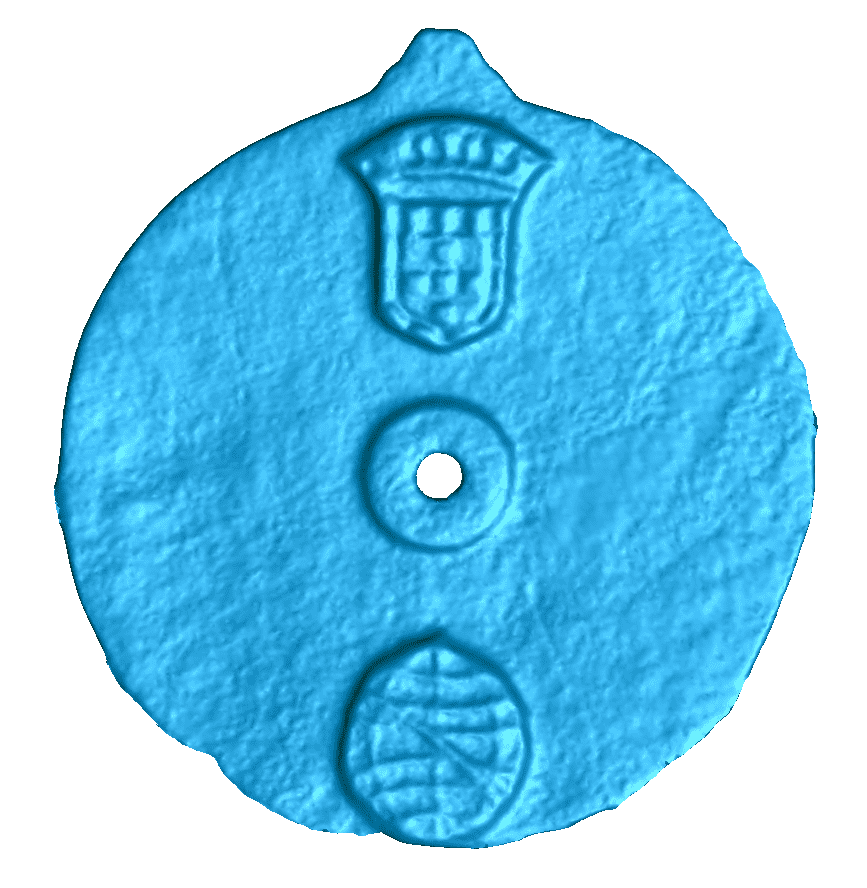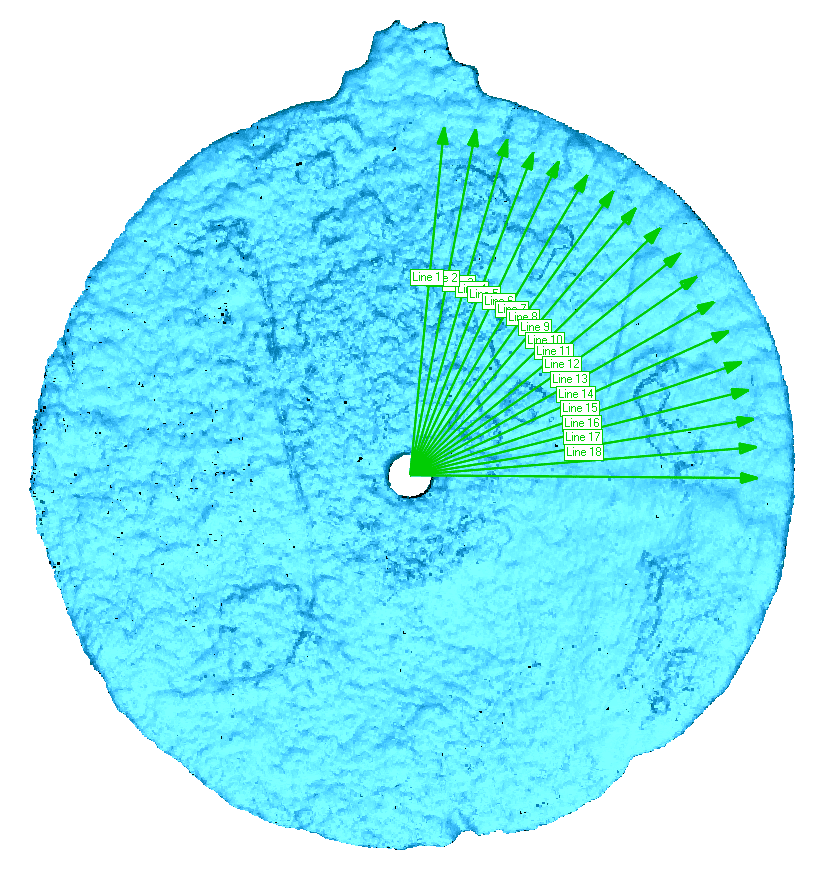Researchers used cutting-edge techniques to study one of the oldest navigation tools ever recovered.

In the late fifteenth century, a famous explorer by the name of Vasco da Gama became the first European to reach India by sea. His initial voyage to India (1497–1499) was the first to link Europe and Asia by an ocean route, effectively connecting the West and the Orient for the first time. But it wasn’t smooth sailing for Vasco da Gama; one of his ships, the Esmeralda, sank near today’s country of Oman. Archaeologists found the shipwreck, and from it recovered what they believe to be the oldest proper navigation instrument: an astrolabe.
An astrolabe is an elaborate inclinometer which allows its user to measure the inclined position in the sky of a celestial body in the sky. It can be used to locate stars and planets, and determine local latitude based on local time (and vice versa), survey, or triangulate. The first astrolabes were invented in the Ancient world, but it was during Medieval times that they gained a few extra features which allowed explorers to voyage farther than ever before.
Astrolabes aren’t really common — just 108 of them have ever been (officially) recovered, and finding one so old and special is definitely exciting. David Mearns, from Blue Water Recovery, who led the excavation, commented:
“It’s a great privilege to find something so rare, something so historically important, something that will be studied by the archaeological community and fills in a gap. It was like nothing else we had seen […] it adds to the history, and hopefully astrolabes from this period can be found.”

However, after centuries under the sea, the astrolabe was in poor shape. To study its details, Mearns approached Professor Mark Williams. Williams carried out laser scans, scanning the item to within 0.1mm and reproducing a high-resolution 3D model which not only looks amazing but also allows researchers to notice previously hidden details.
The bronze disc, which measures 17.5cm in diameter, is engraved with the Portuguese coat of arms and the personal emblem of Don Manuel I, the King of Portugal from 1495-1521. This allows for the setting of a very tight timeline, allowing for a precise dating of the artifact.
“We know it had to have been made before 1502, because that’s when the ship left Lisbon and Dom Manuel didn’t become King until 1495, and this astrolabe wouldn’t have carried the emblem of the King unless he was King,” Mearns told BBC. “I believe it’s probably fair to say it dates roughly to between 1495 to 1500. Exactly what year we don’t know – but it is in that narrow period.”
He concluded:
“It rolls back this history by at least 30 years – it adds to evolution, it adds to the history, and hopefully astrolabes from this period can be found.”






